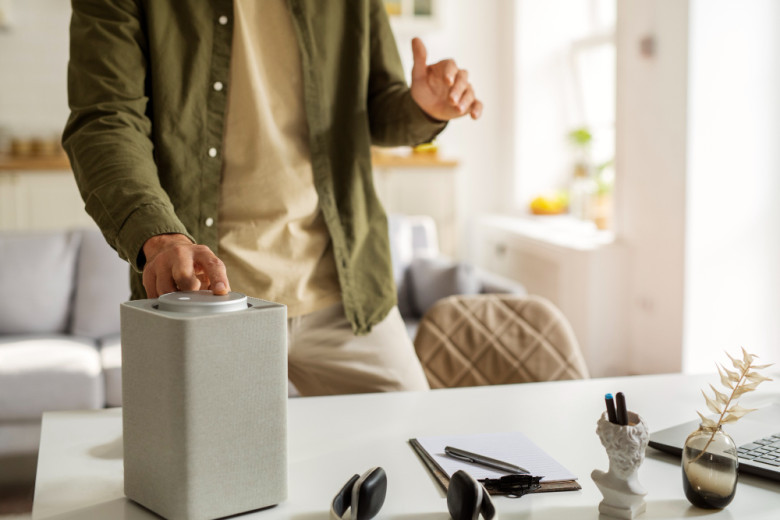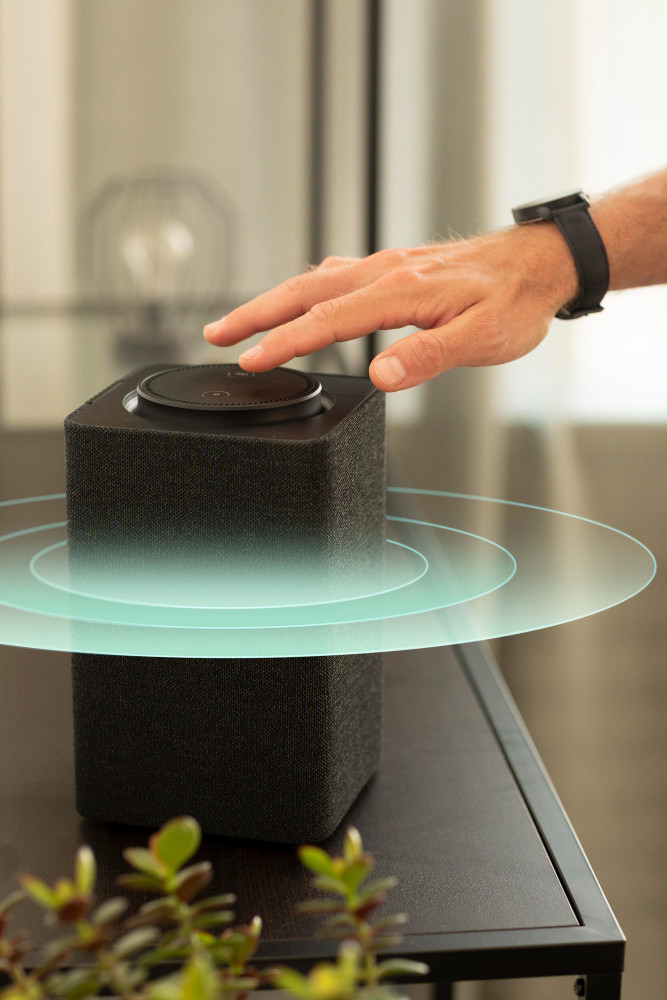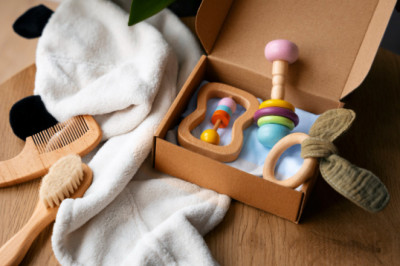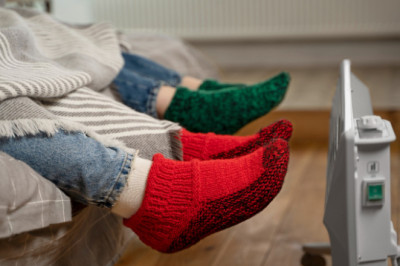Disclosure: This page contains affiliate links, meaning, at no additional cost to you, we may earn a commission if you click through and make a purchase.
As winter sets in and we spend more time indoors, maintaining clean and healthy air becomes a top priority. The combination of closed windows, heating systems, and stagnant indoor air can lead to an accumulation of allergens, dust, and germs. Air purifiers offer an effective solution to combat these issues, ensuring a healthier living environment for you and your family.
Why Indoor Air Quality Matters in Winter
During the colder months, poor ventilation and sealed homes can trap pollutants such as:
-
Dust and Pet Dander: Heating systems often circulate dust and allergens, aggravating respiratory conditions.
-
Mold Spores: Humidity from indoor activities can contribute to mold growth, especially in poorly ventilated areas.
-
Viruses and Bacteria: Stagnant air can increase the risk of airborne illnesses.
-
Chemical Pollutants: Cleaning products, candles, and fireplaces release particles that can irritate lungs.
Poor indoor air quality can exacerbate allergies, asthma, and other respiratory issues, making air purifiers an essential addition to your home.

How Air Purifiers Help
Modern air purifiers are designed to target and reduce harmful particles in the air, creating a cleaner and healthier environment. Key benefits include:
-
Capturing Allergens: High-Efficiency Particulate Air (HEPA) filters trap tiny particles, including dust, pet dander, and pollen.
-
Neutralizing Odors: Activated carbon filters reduce odors from cooking, pets, and smoke.
-
Eliminating Germs: Some models include UV-C lights or ionizers to kill bacteria and viruses.
-
Reducing Indoor Toxins: Advanced filters capture volatile organic compounds (VOCs) from household products.
Choosing the Right Air Purifier for Winter
When selecting an air purifier, consider the following features:
-
Filter Type: Opt for HEPA filters for allergens and activated carbon filters for odors.
-
Room Size: Match the purifier’s capacity to the size of your room for optimal performance.
-
Noise Level: Choose a model with adjustable settings for quiet operation, especially for bedrooms.
-
Energy Efficiency: Look for energy-efficient models to keep electricity costs low during extended use.
-
Maintenance: Consider models with easy-to-replace filters to simplify upkeep.

Tips for Maximizing Your Air Purifier’s Effectiveness
-
Proper Placement: Position the purifier in high-traffic or problem areas, such as living rooms or bedrooms.
-
Regular Maintenance: Replace filters as recommended to ensure the purifier works efficiently.
-
Combine with Ventilation: Use in conjunction with proper ventilation to maintain a fresh air flow.
-
Humidifier Pairing: For dry winter air, pairing a purifier with a humidifier can enhance comfort and health.
The Bottom Line
Air purifiers are a valuable investment for winter health, reducing allergens, odors, and airborne germs while promoting a fresher, cleaner living environment. By choosing the right model and using it effectively, you can breathe easier and enjoy the season with peace of mind.
Prepare your home for winter by exploring air purifier options tailored to your needs, and create a healthier indoor space for you and your loved ones.












